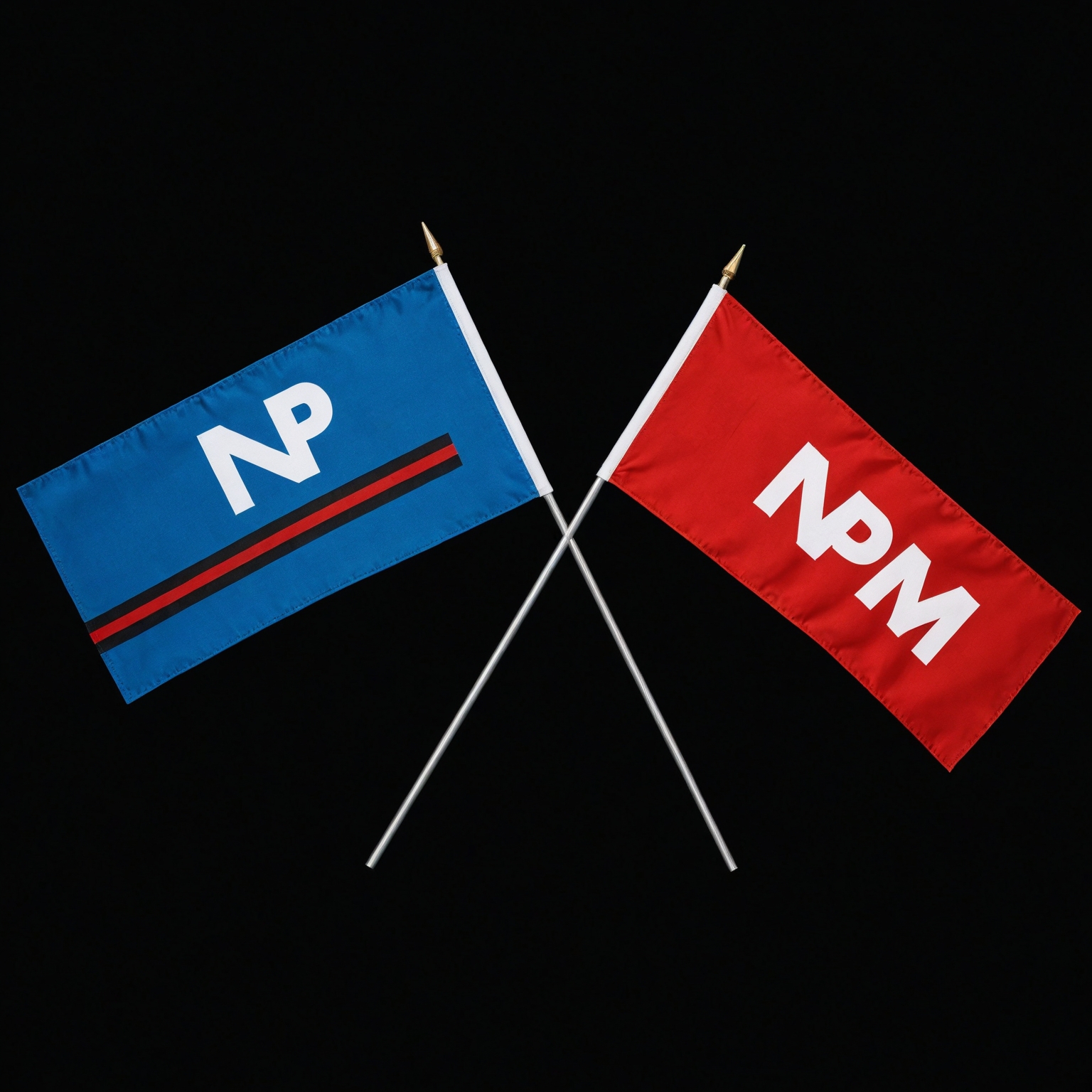What’s the Difference Between npm and npx? Explained Simply
 Reagan Mwangi
Reagan Mwangi
Understanding the Difference Between npm and npx
As an upcoming developer, you might have come across npm and npx while working with JavaScript projects, especially when dealing with Node.js. Both of these tools are essential parts of the Node.js ecosystem, but they serve different purposes. In this blog, we'll explore what npm and npx are, how they differ, and when to use each one.
What is npm?
npm stands for Node Package Manager. It's a tool that helps you manage packages (libraries or modules) for your JavaScript projects. When you want to include external libraries in your project, you use npm to install them. Here are some key points about npm:
Install Packages: You can install packages from the npm registry using the npm install command.
bash
Copy code
npm install <package-name> |
This command adds the package to your project and saves it in the node_modules directory.
Manage Dependencies: npm manages the versions and dependencies of the packages you install. It ensures that the right versions of packages are used in your project.
Scripts: You can define custom scripts in the package.json file and run them using npm run <script-name>.
JSON
Copy code
{ |
bash
Copy code
npm run start |
What is npx?
npx stands for Node Package Execute. It's a tool that comes with npm (version 5.2.0 and above) and is designed to make it easier to execute binaries from your node modules. Here are some key points about npx:
Run Packages Without Installing: npx allows you to run packages without globally installing them. For example, if you want to use a tool like create-react-app without installing it globally, you can do:
bash
Copy code
npx create-react-app my-app |
Execute Local Binaries: If you have a binary in your project's node_modules, you can run it using npx without needing to add it to your PATH.
bash
Copy code
npx <package-binary> |
- One-Time Use: npx is perfect for tools you need to use once or very rarely. It saves you from cluttering your global namespace with packages you don't frequently use.
Key Differences Between npm and npx
Purpose:
npm: Primarily used for managing and installing packages.
npx: Used for executing packages, especially those you don't want to install globally.
Installation:
npm: Installs packages into your project or globally.
npx: Runs packages directly, even if they're not installed.
Usage:
npm: You need to install the package first before you can use it.
bash
Copy code
npm install <package-name> |
npx: You can run the package directly.
bash
Copy code
npx <package-name> |
Which One Should You Use?
Use npm when:
You need to install and manage dependencies for your project.
You want to run scripts defined in your package.json.
You need to ensure all your project dependencies are available.
Use npx when:
You need to run a package or tool temporarily without installing it globally.
You want to quickly execute a binary from your node_modules.
You need a package for a one-time use or a specific task.
Conclusion
Both npm and npx are powerful tools that serve different purposes in the Node.js ecosystem. npm is your go-to tool for managing and installing packages, while npx shines when you need to execute packages without the hassle of installation. Understanding when and how to use each tool will help you streamline your development workflow and keep your project dependencies well-managed.
Happy coding!
Subscribe to my newsletter
Read articles from Reagan Mwangi directly inside your inbox. Subscribe to the newsletter, and don't miss out.
Written by
